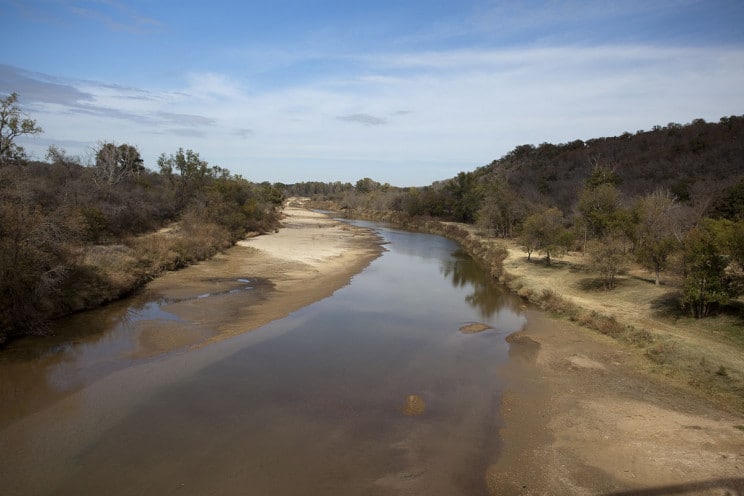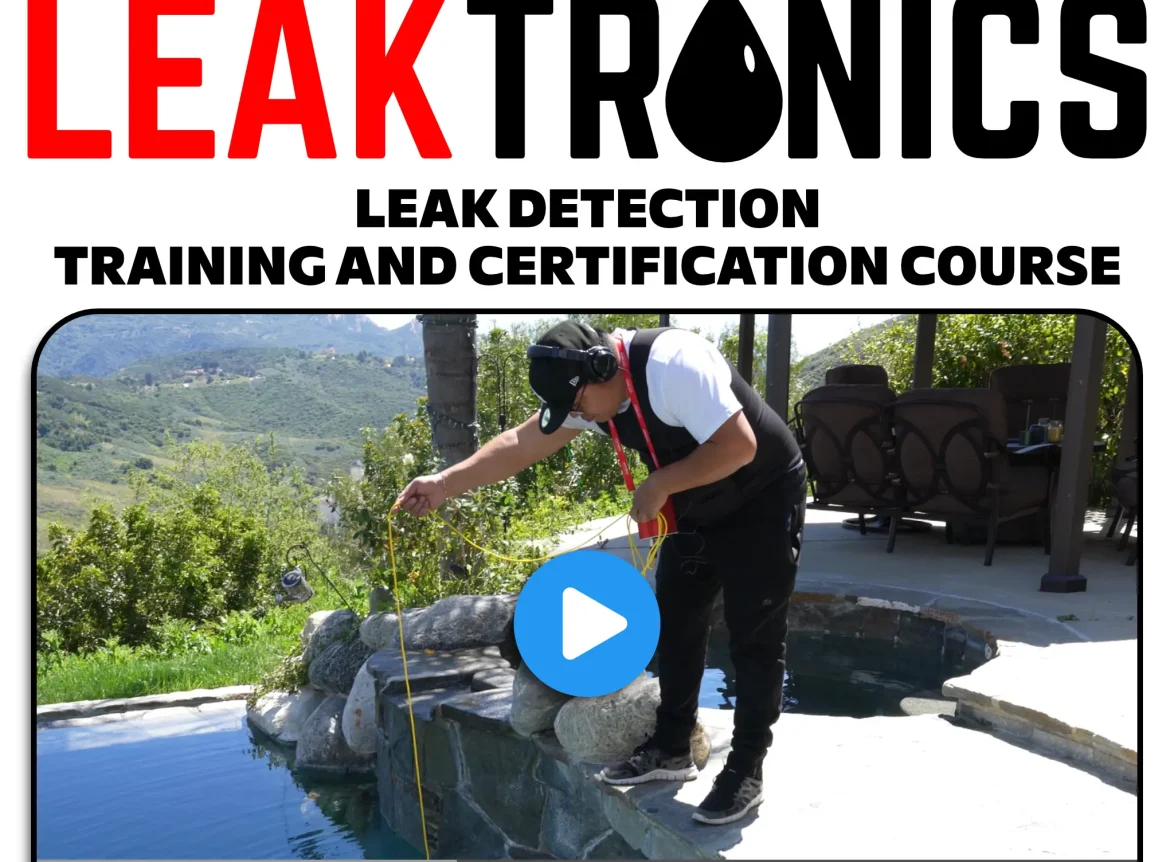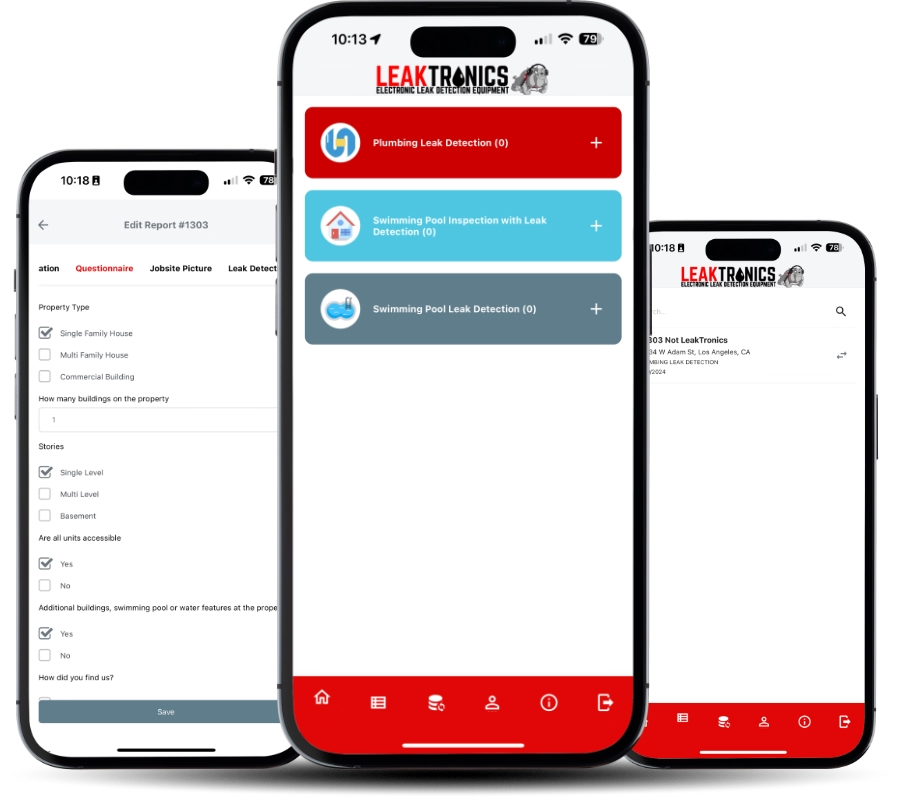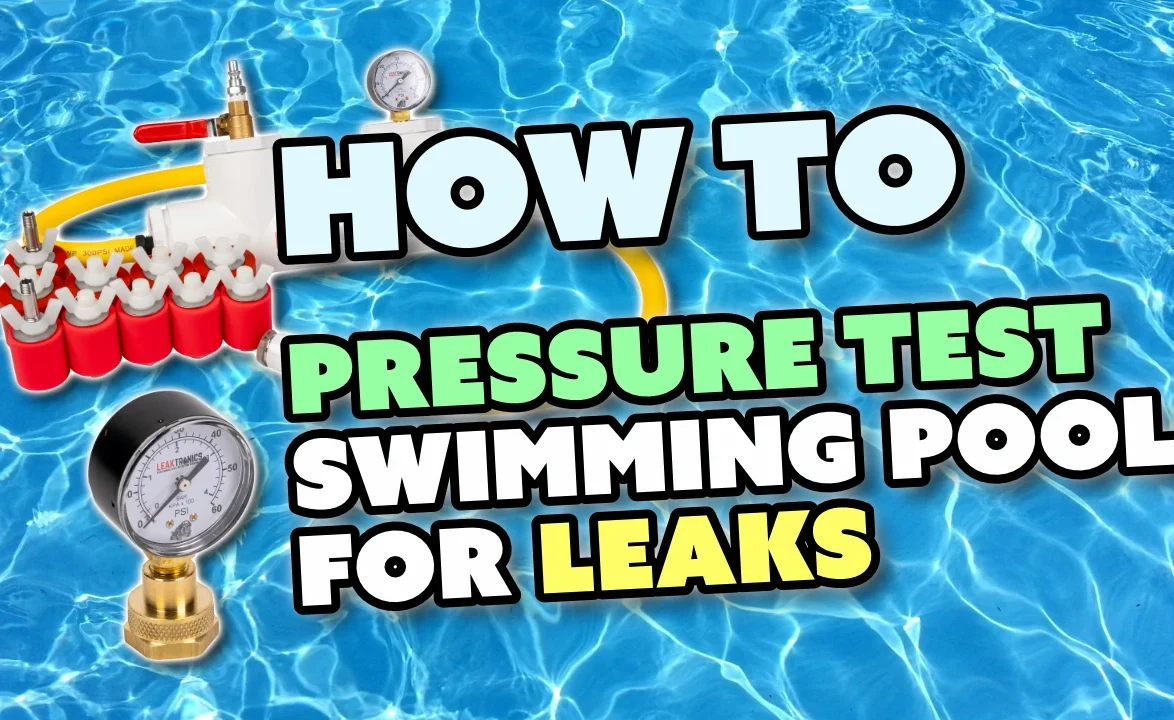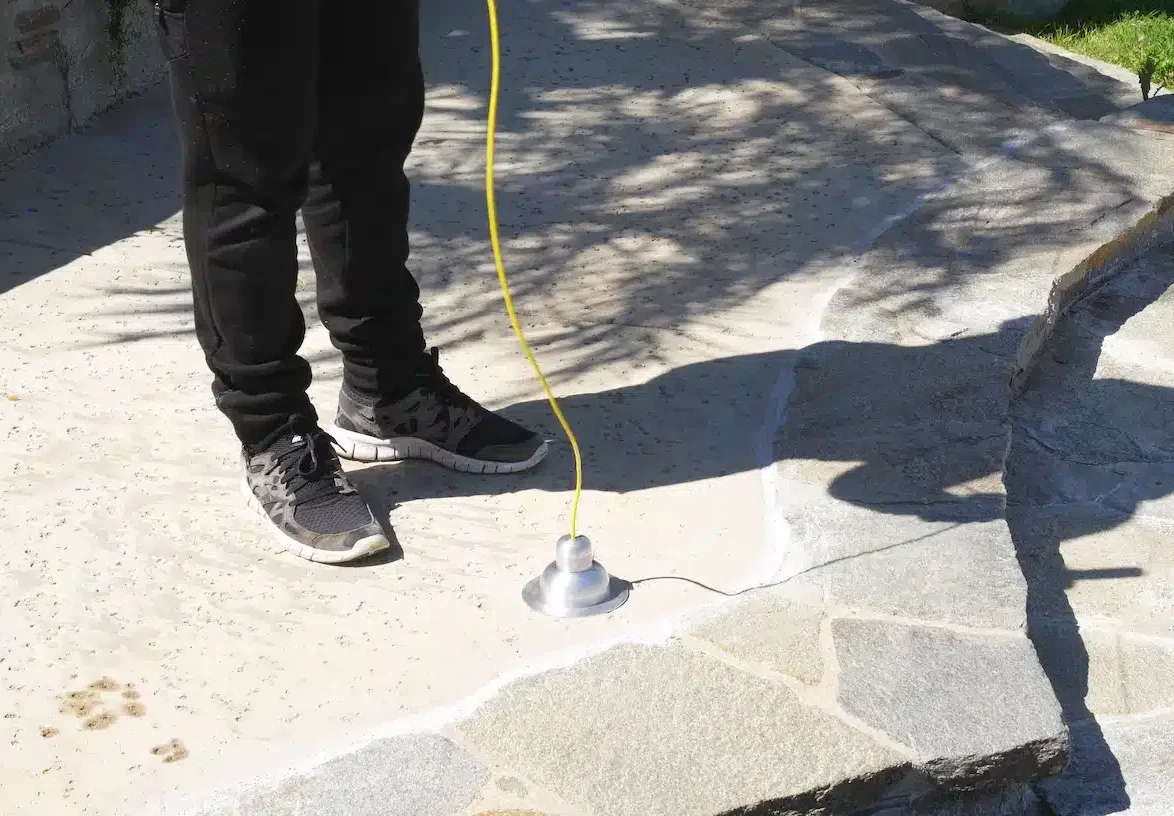Year after year, globally, droughts happen when we could be saving water. Couple this with much needed water being lost to leaks in pipes and irrigation systems, simply because the homeowner isn’t at all aware that water is being lost; it’s literally devastating. The average American household can waste upwards of 180-200 gallons of water a week, around 10,0000 gallons a year! That’s well more than the water used to wash a load of laundry – 300 TIMES and that’s from a single leak on the property.
With 900 billion+ gallons of water wasted on residential properties due to undiscovered leaks, we’re losing enough water to supply over 11 million homes with the typical amount of daily use where leaks don’t occur. The worst part about these statistics, courtesy of the EPA, is that this doesn’t have to happen. A simple leak detection on you property is going to address any and all leaks and repairs will end the waste of precious water resources around the world.
In the United Kingdom, they share that more than 20% of water doesn’t even reach the faucets inside the home. Where infrastructure management would rather drain a river instead of responding to aging pipes and water mains, leaks continue to ravage the landscape and water loss becomes ever more costly to the end user. At some point, water simply won’t be available.
https://leaktronics.com/wp-content/uploads/dried-river.jpg
At LeakTronics, we have a passion for saving water, in residential and commercial plumbing systems, swimming pools, irrigation systems and throughout our natural environment. The cost of a leak detection versus the cost incurred from water loss is exponentially different. Add to that, the cost of a repair to stop losing water compounded by the time leaks were ignored and damage grew – stopping leaks now saves literally trillions of dollars and countless gallons of water around the world annually. This can be stopped with a leak detection and addressing the need for repairs.
You’re home Saturday, it’s the perfect time to take an hour out of your day and potentially save water and save money at the same time. Shut off all water faucets in the house, anything that uses water. No laundry running, no toilets flushing, no dishwashers churning, no sprinklers sprinkling, make sure everything is stopped. Check the meter at the street where water comes onto your property and look to see if the meter is running. Often, there is a small plastic triangle, or gear shaped sprocket that spins when water is running. If everything in your home is shut, there shouldn’t be any movement on that meter. If there is, it’s more than likely that you have a leak on the property. Where and how much of a leak is easily discovered with a proper leak detection using LeakTronics electronic water leak detection equipment.
At LeakTronics, we develop and manufacture incredible sensitive listening equipment and methods that accurately locate where leaks occur with extremely minimal, and often no invasive techniques required. Without digging grass or breaking concrete, without opening walls or floors, we employ equipment that hears water escaping from pipes, even underground. With precision, a trained leak detection professional can identify where a pipe is, where the leak is in that pipe and recommend the best options for repairing it to stop water loss and the draining of your wallet. You can find these professionals here: FIND-A-PRO.
https://leaktronics.com/wp-content/uploads/map-us.jpg
Now, if you’ve addressed that the meter is spinning, there are other simple things you can do by yourself to make simple repairs to stop water loss. Grab a notebook and a pen and get ready to know your home more intimately.
1. Start checking faucets in the house. You can’t have that many inside, kitchen and bathroom sinks, mop sinks, wet-bars: wherever a water faucet is, check it for leaks. A single drip doesn’t seem like much, but 15,000 drips is averaged to be about a gallon of water loss. At a drip per second, that’s a gallon every four hours. Do the math on that. At six gallons of loss a day, the cost of a single dripping faucet starts to add up.
2. Check on shower heads and shower knobs. Discoloration around handles and protruding pipes that support shower heads are a clear indicator of water dripping. Understand that you might not see where water loss is taking place, often pipes behind walls do more than just sweat, they leak. This is where a leak detection professional can help, but you can still take note of any potential issues to bring up with them.
3. Check around dishwashers, washing machines and devices that use water regularly. Are the connections dry? Rusty? Dripping? You might fix them with a small 30 cent rubber gasket and save hundreds of dollars and gallons of water otherwise lost.
4. Check your toilets for leaks. Yes, the valves below the toilet are a tell-tale sign where water can be lost, but put a couple drops of food coloring into the tank. If the color makes it’s way into the toilet, an inexpensive rubber ring replacement on the toilet will spare a ridiculous amount of water loss; loss you wouldn’t see otherwise.
5. Walk your lawn and outside the house and look for areas where water puddles. Hose spigots are notorious for constant dripping. Is the ground around the spigot wet, or subject to being muddy throughout the day? You’ve got a leak. Check your hoses and hose connections when the water runs. A poor connection means water is escaping when you use the hose and that’s water loss too.
A worn out valve can waste upwards of 3000 gallons of water a year. That’s 180 showers!
6. Run your sprinklers and see if any of the sprinkler heads are spouting unnecessarily. We often run them at night, or early in the morning and we don’t see where the heads are broken. Take note of sprinklers that run under plants, where the water flow is covered by growth. Raise those heads above the plant growth so they will be more effective in doing their job.
An irrigation system that has a leak 1/32nd of an inch in diameter (about the thickness of a dime) can waste about 6,300 gallons of water per month. You might not see these leaks underground, but a trained leak detection professional will find them and you can have them fixed fast!
Even without a major pipe leak on the property, by addressing these simple leaks, a homeowner can reduce their annual bill by ten and even fifteen percent! That’s money better kept in your pocket, and water best used the way it was intended.
Leaks don’t just don’t happen at home. Be a leak detective and help save the worlds water. You should be on the lookout for leaks even when you are at work. Bring notable water loss up with your maintenance crew and be aware that it’s everyone’s responsibility to save water globally.
You don’t have control over municipal water waste, but a combination of decaying infrastructure and regular urban growth and development is causing extreme water loss. Most municipalities have knowledge of where their water loss is taking place, but sometimes they need a second set of eyes to let them know. Have you ever driven down the street and seen a city irrigation system billowing water over the sidewalk? Be a great citizen and report it to the local water and power company. Tell them what you saw, take a photo and mark the address. It’s likely they’ll be out to repair it that day, providing they know a repair needs to be made. It’s your tax dollars being spent, make sure it’s spent stopping the cost of water loss.
At the end of the day, water issues must be addressed holistically. There is no silver bullet. But it is impossible to address water scarcity in any meaningful way without first addressing the state of our nation’s water loss, and the fact that it can be addressed with a little bit of effort on everyone’s part. Being aware, taking steps to learn what our water system is, does and has the potential to lose, and making repairs where we can. Overall, we can be responsible and stop trillions of annual water waste globally.
Learn about the trained and equipped leak detection professionals that use the non-invasive equipment from LeakTronics by visiting our Find-A-Pro map. To get information about how you can train to perform leak detections and to launch a successful career in leak detection, visit https://leaktronics.com or call 818-436-2953.

